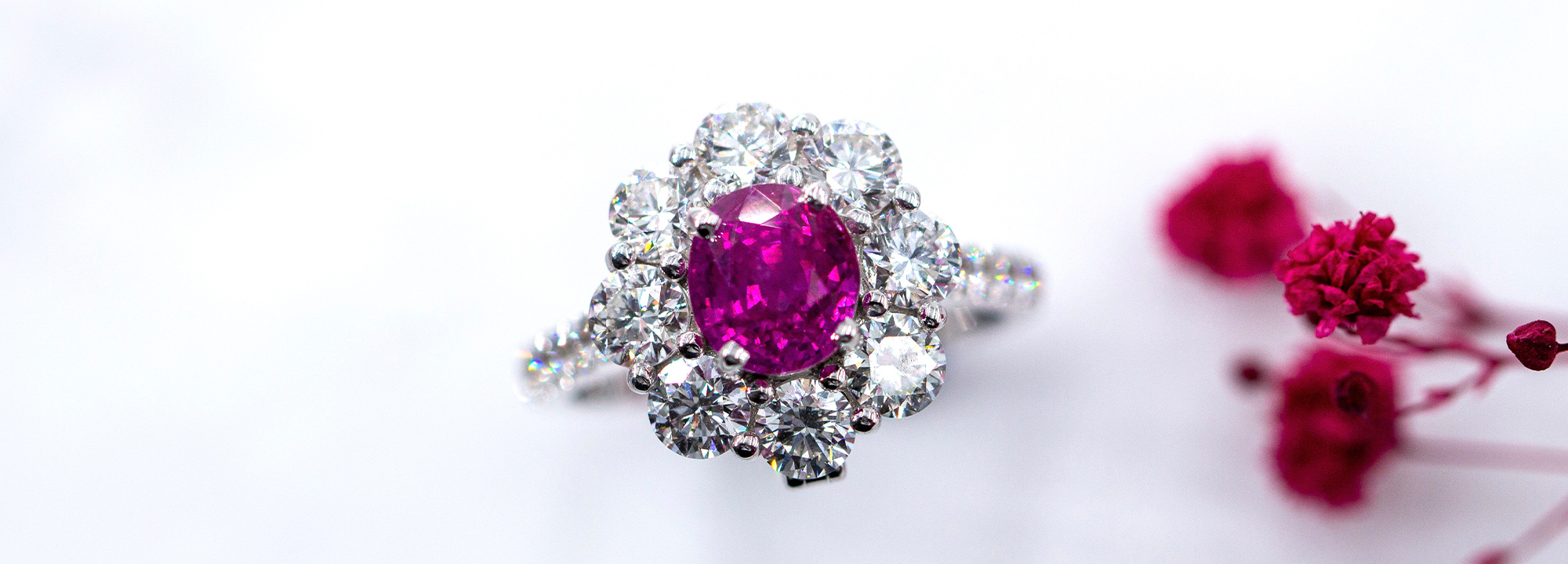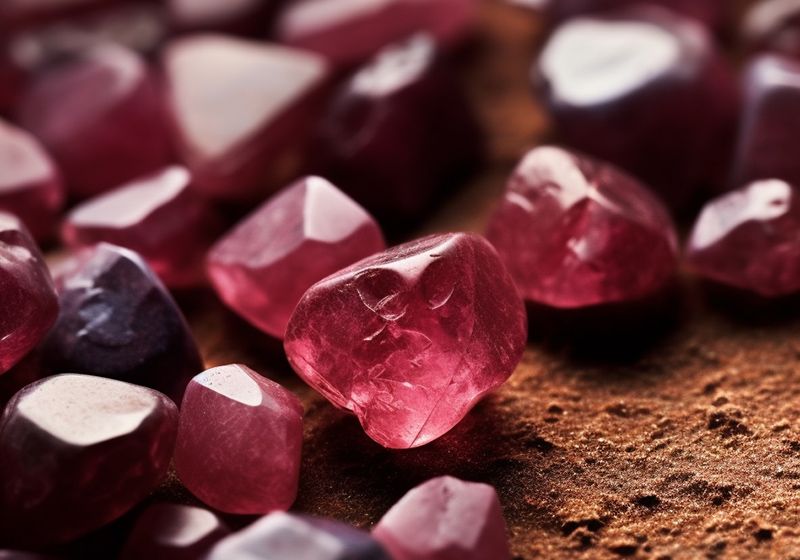
Understanding the Value of Mozambique Pigeon Blood Rubies in the Gemstone Market
Mozambique pigeon blood rubies have been on the market for several years, but for many novice gemstone enthusiasts, they remain a relatively unknown gemstone. This is partly due to the extensive media promotion of Burmese pigeon blood rubies in China, which has led many people to believe that Burmese rubies are always more valuable than their Mozambique counterparts. However, Dr. Adolf Peretti, the signatory on every GRS certificate, has provided a brief report on Mozambique pigeon blood rubies, which sheds light on their value in the gemstone market.
The Importance of African Rubies in the Jewelry Industry.
The Importance of African Rubies in the Jewelry Industry
In recent years, African rubies, particularly those from Mozambique, Tanzania, and Madagascar, have become increasingly important in the jewelry industry. These rubies possess favorable qualities such as natural color and luster, and have not undergone any heat treatment. Their quality and size far exceed those of rubies from other mines. Mozambique has a history of ruby mining dating back to the Portuguese colonial period from 1498 to 1975, but the quality of their rubies was not as superior as it is today. Mozambique is also a major producer of Paraiba tourmaline containing copper, which can rival Brazil’s Paraiba tourmaline in quality.

Mozambique Ruby: A Rising Star in the Gemstone Market
Mozambique has discovered ruby deposits in Niassa and Cabo Delgado, which have caused a sensation in the gemstone market. As the mining yields in the Tanzanian border gradually declined, Mozambique attracted local miners to its mines. However, in a mature market, consumers tend to prefer rubies from traditional sources, such as Burmese rubies. Therefore, Mozambique pigeon blood rubies face a challenging task of gaining acceptance in the market. Some people feared that Mozambique rubies would flood the market with untreated rubies, thereby reducing their rarity. However, as time has passed, we can see that high-quality rubies still attract buyers, regardless of their origin. The quality of the ruby itself, such as color and size, is what makes it valuable. In addition, top Burmese ruby merchants have invested in Mozambique rubies, indicating that they are gaining wider acceptance in the market and have great potential.
Characteristics of Mozambique Pigeon Blood Rubies
Most Mozambique rubies have an appropriate chemical composition and fluorescence, which enables them to compete with top Burmese rubies in color. Currently, the most sought-after Mozambique ruby is the GRS type of untreated, high-purity, large-carat pigeon blood ruby. It is an unparalleled gemstone in the world of rubies. GRS is confident that Mozambique rubies will continue to develop and become a classic gemstone with an iconic and enduring appeal.
Market Outlook for Mozambique Pigeon Blood Rubies
During the initial mining phase, large Mozambique pigeon blood ruby roughs were extremely rare. Like many new mines, large and high-quality gemstones were commonly found in the early stages of development, but as time passed, their quality gradually declined, making them less competitive. However, thanks to the significant investments from overseas investors, Mozambique mines have maintained a reputation as a new source of high-quality.
Check out JennyBay Diamond beautiful ruby ring in the link below.



